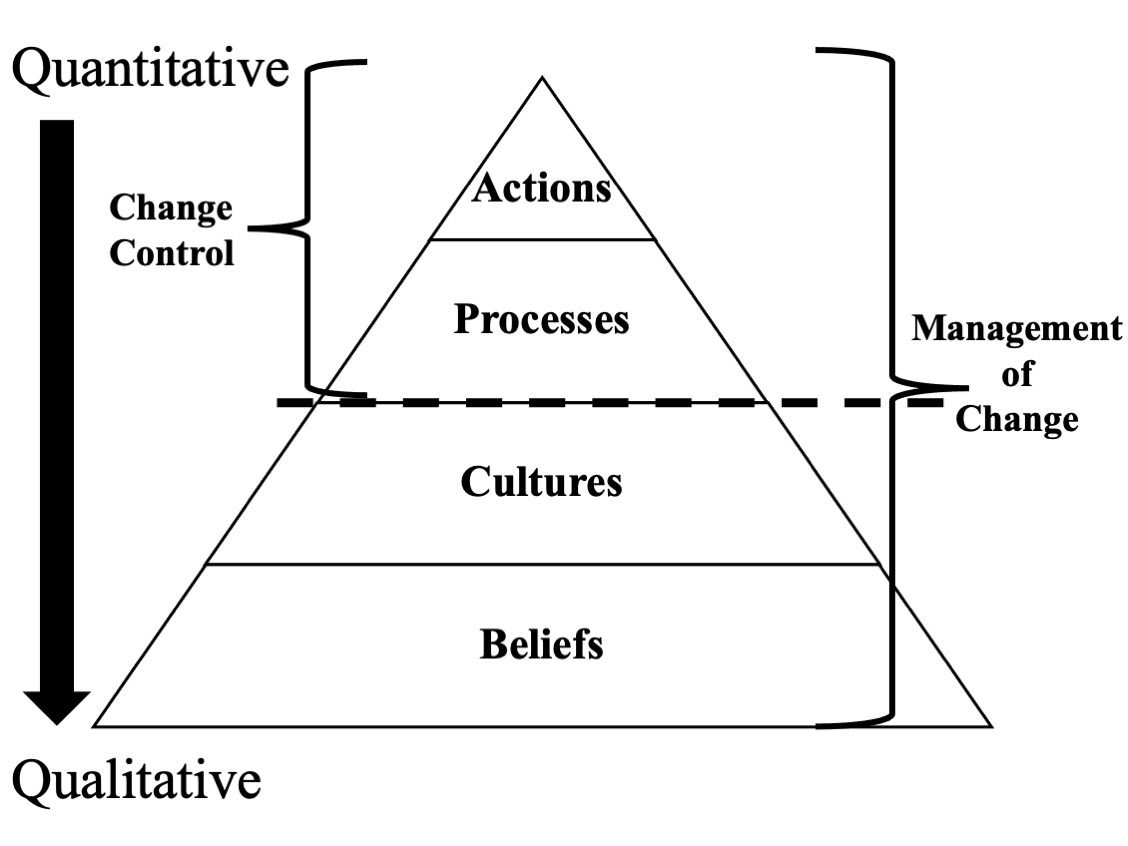All change...!!
In today's fast paced and ever-changing business world, it's more important than ever to be able to manage change effectively. Organisations that are able to roll with the punches and adapt quickly are the ones that will thrive in the long run. But change is not always easy.
So how do you go about managing change in your organisation?
When it comes to managing change, change management is not the same as document management. Change management deals with the people side of change, while document management deals with the process and paperwork side of change.
Change management includes developing a change plan, communicating the change to employees, training employees on the new change, and implementing the change. Change management also encompasses employee resistance and change control.
Change control is a system that is put in place to manage changes to documents, processes, or project deliverables. It covers approval processes and checkpoints to ensure that changes are made according to plan. While change management involves managing that important aspect: culture.
Culture is the set of shared values, beliefs, and norms that define how people behave within an organisation. When there is a change in an organisation, it can impact culture either positively or negatively. In order for change to be successful, it is important to understand how it will impact culture and take steps to manage that impact.
Change is sometimes difficult, but it can be especially challenging in regulated industries like healthcare. Companies in the healthcare industry must tread carefully when making changes.

Here are some top tips for managing change within a regulated industry such as medical devices:-
1. Be sure to prioritise risk management. Any changes you make should be carefully assessed for potential risks. And, once the change is implemented, continue to monitor for any new risks that may have arisen.
2. Have a well-defined plan for resource management. Clearly identify who will be responsible for each aspect of the change and what resources they will need. This will help to ensure that the change is executed smoothly and efficiently.
3. Measure the effectiveness of the change. Once the dust has settled, take some time to reflect on how effective the change was. This will help you to improve your process for future changes.
4. Don't forget about training! One of the most important aspects of any change is training employees on how to implement it. Be sure to allow enough time for training and make it a priority.
By following these tips, you can help ensure a more successful change management process.

